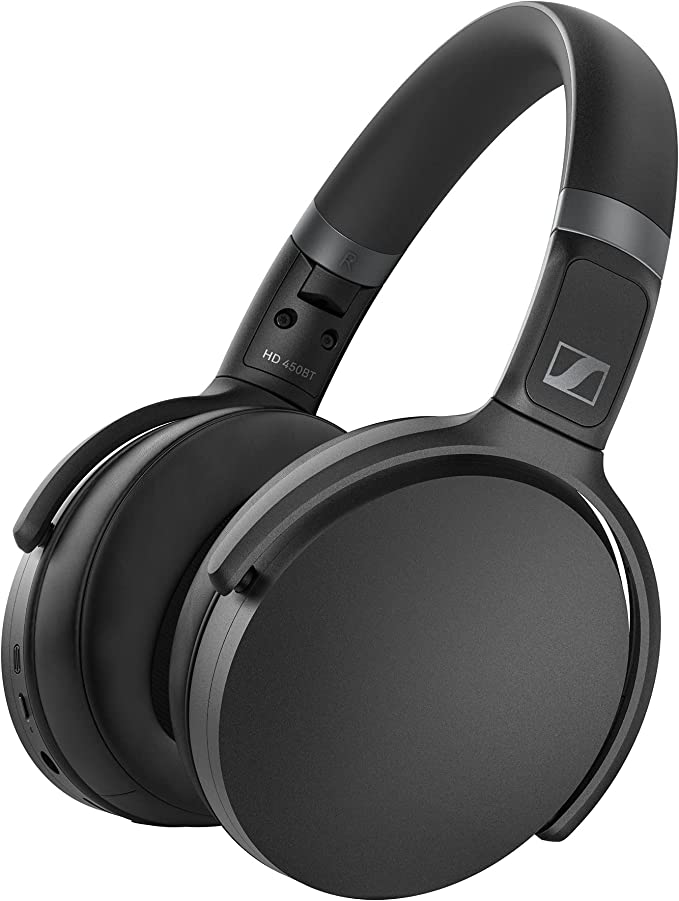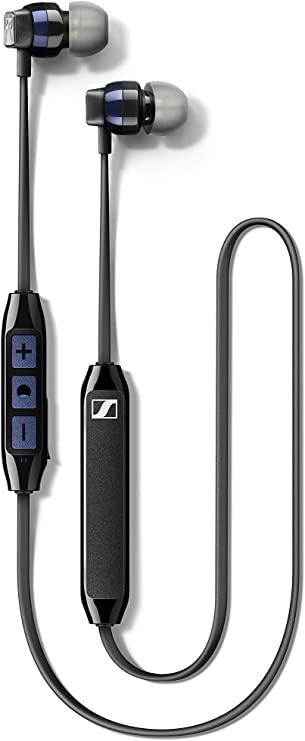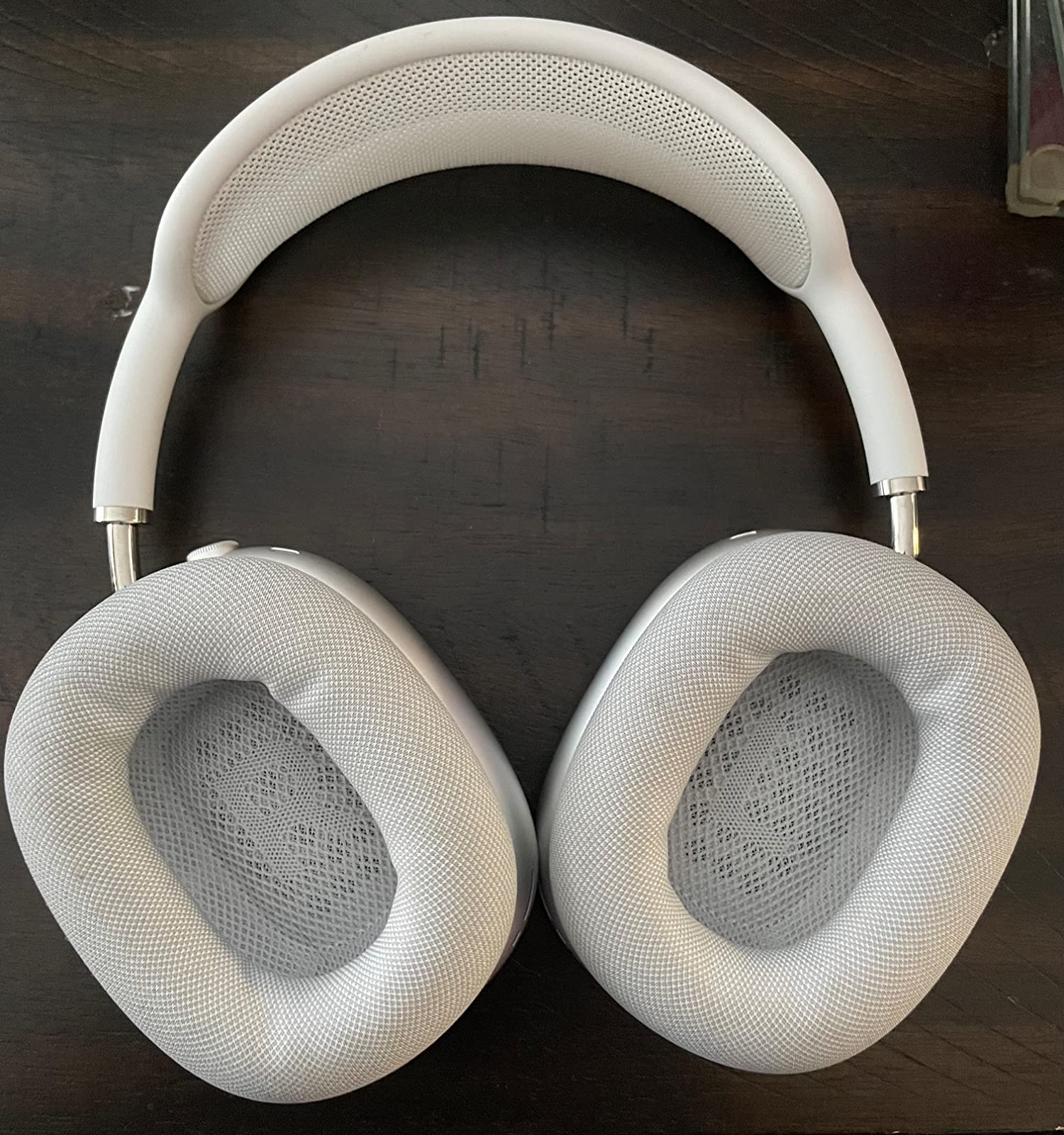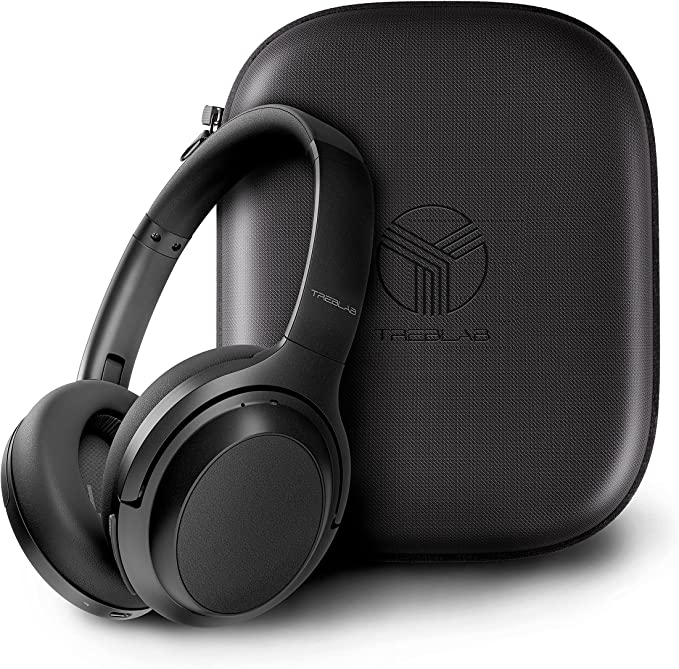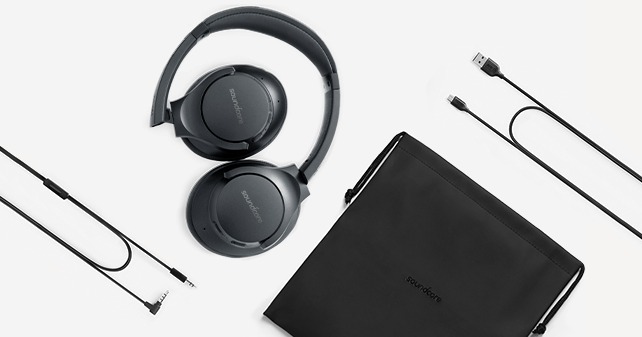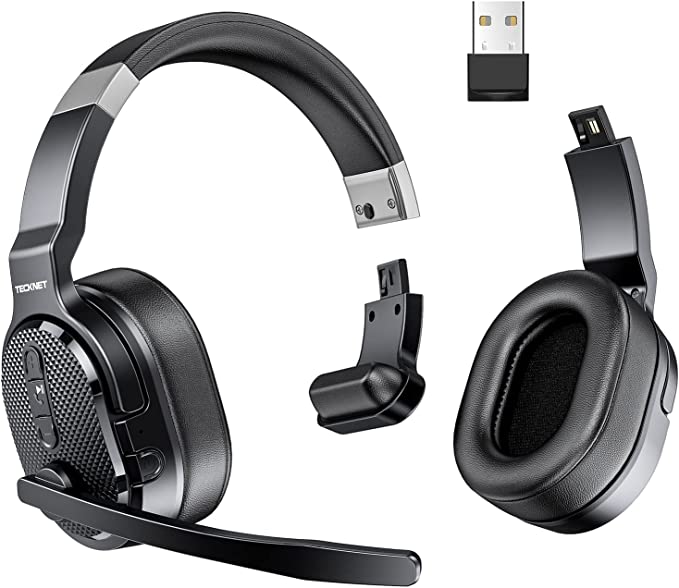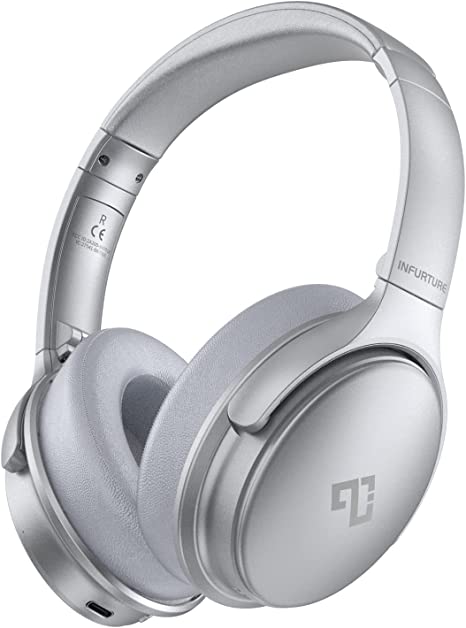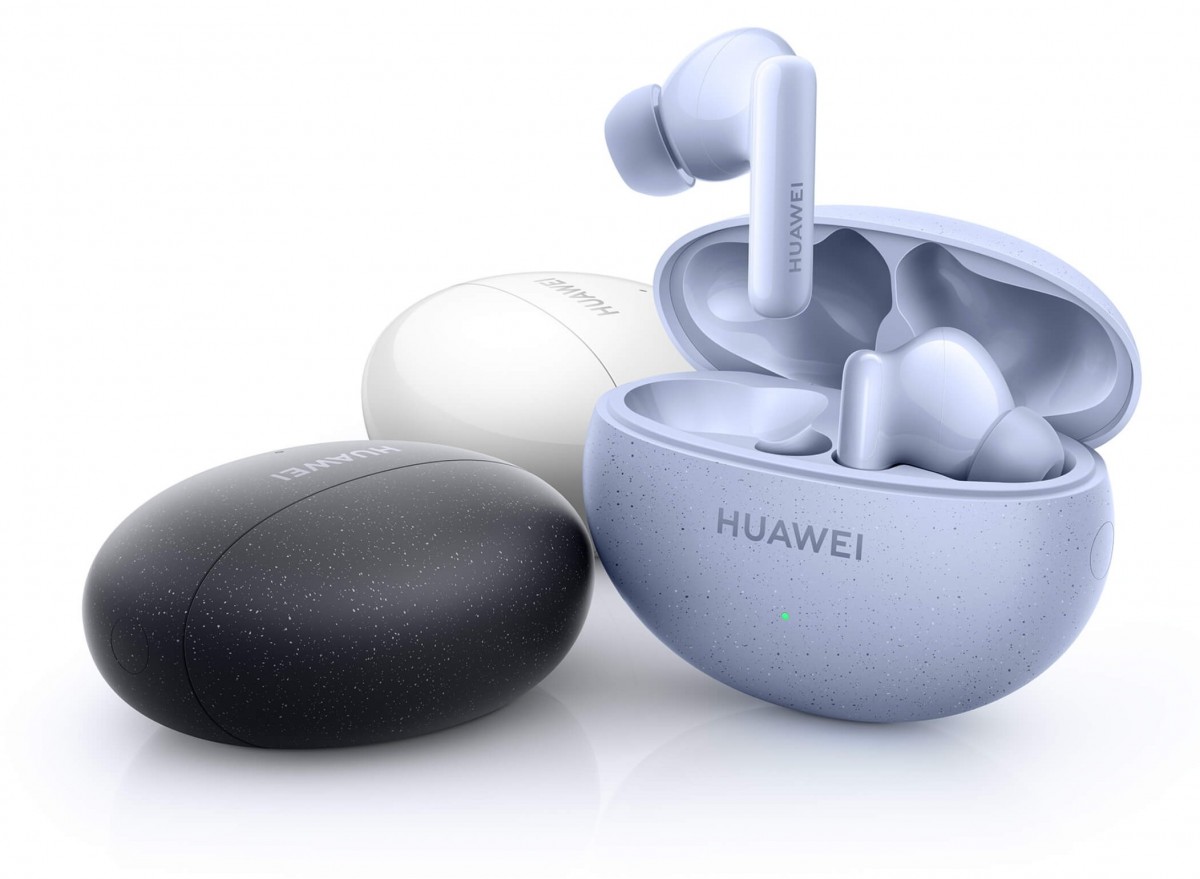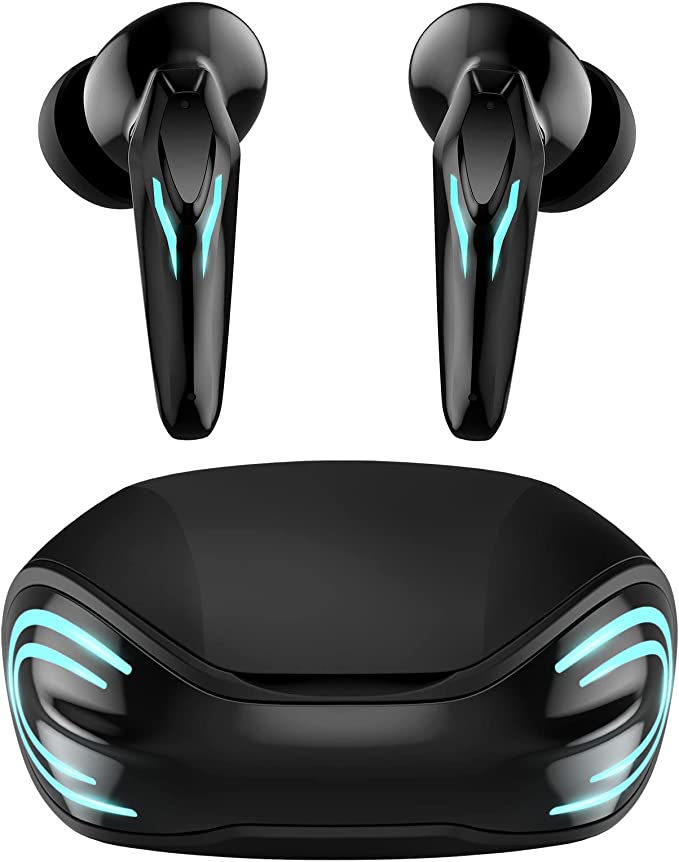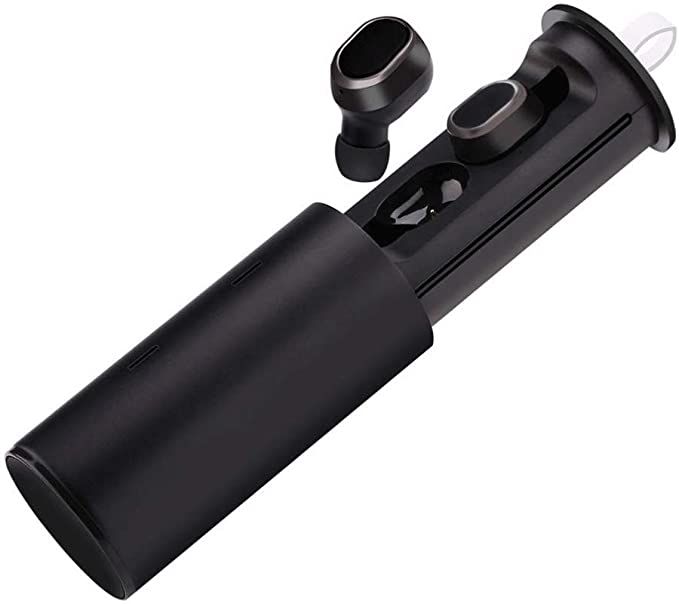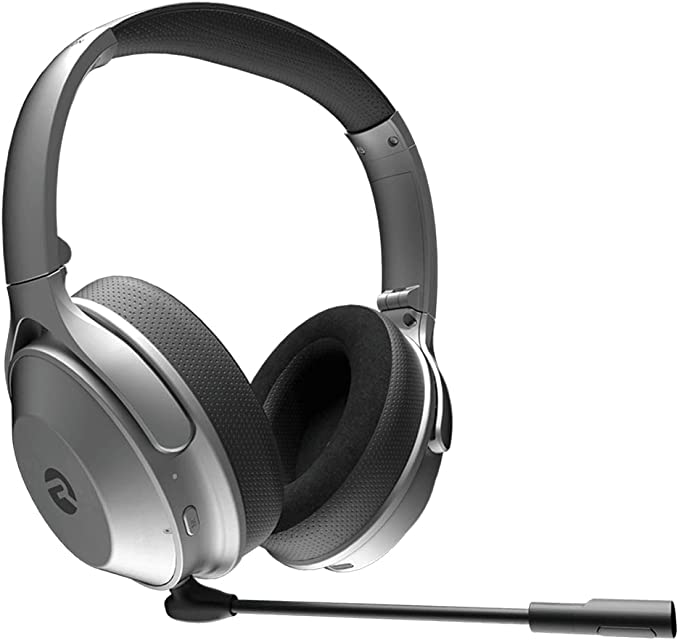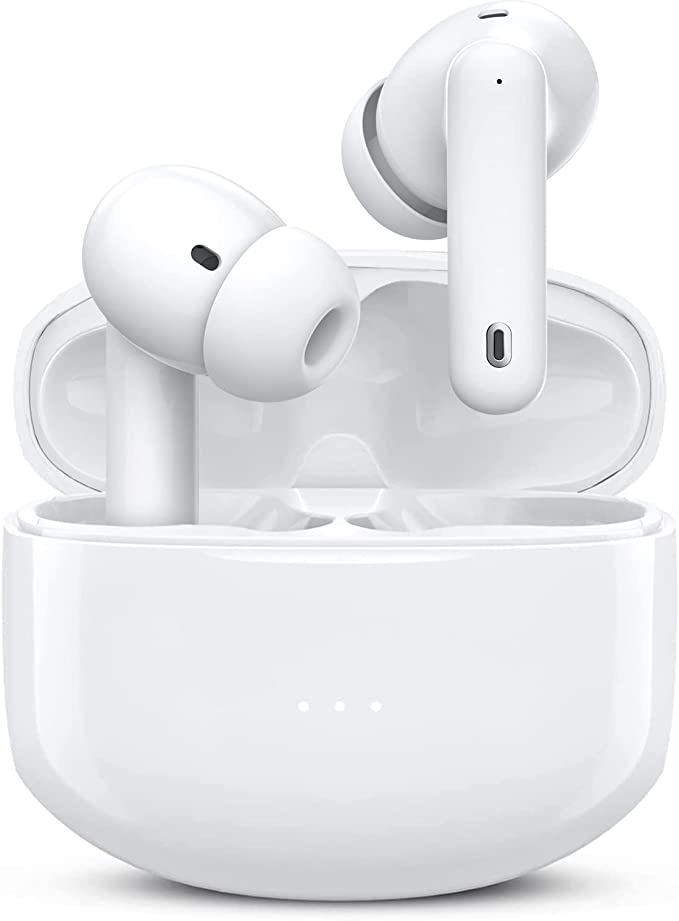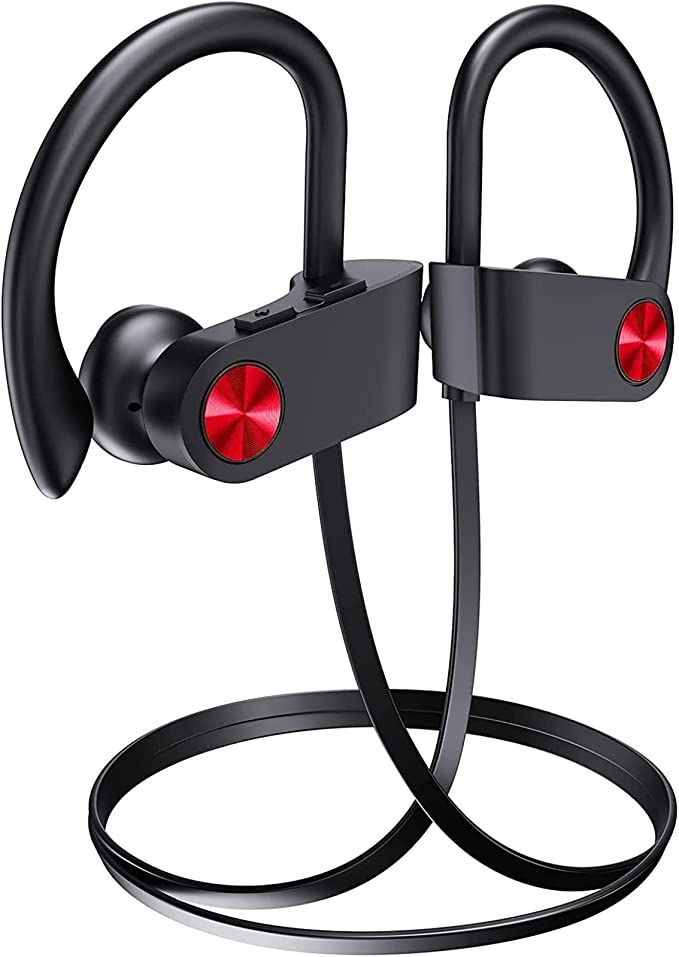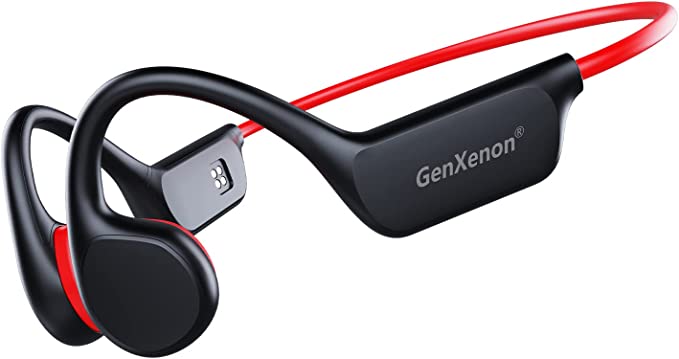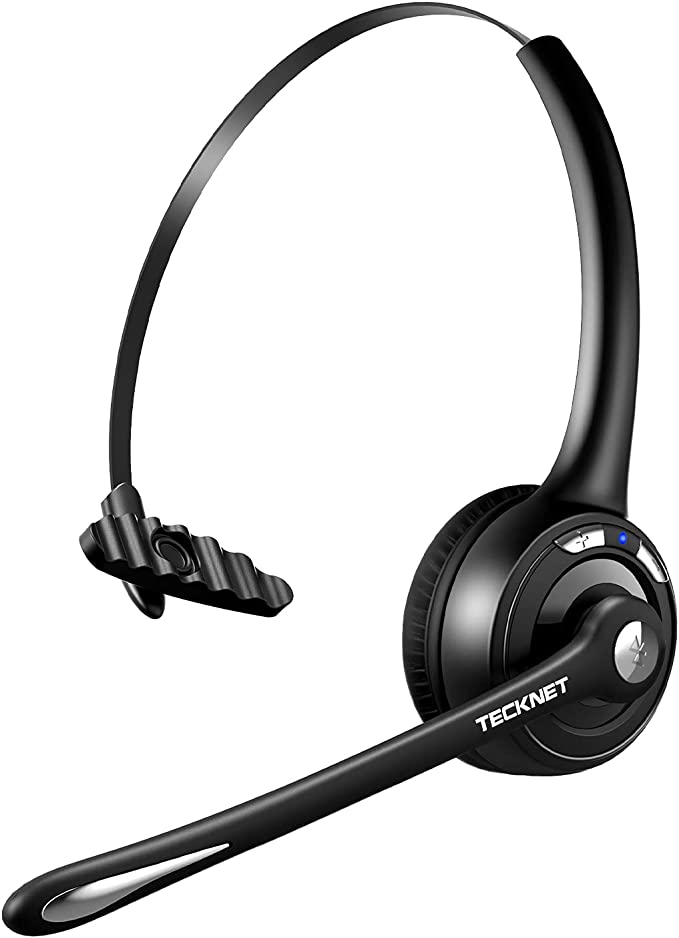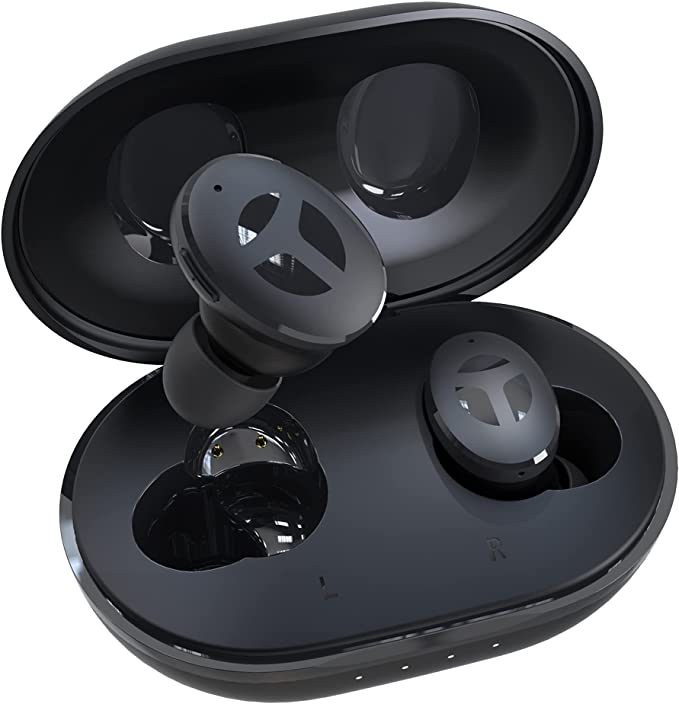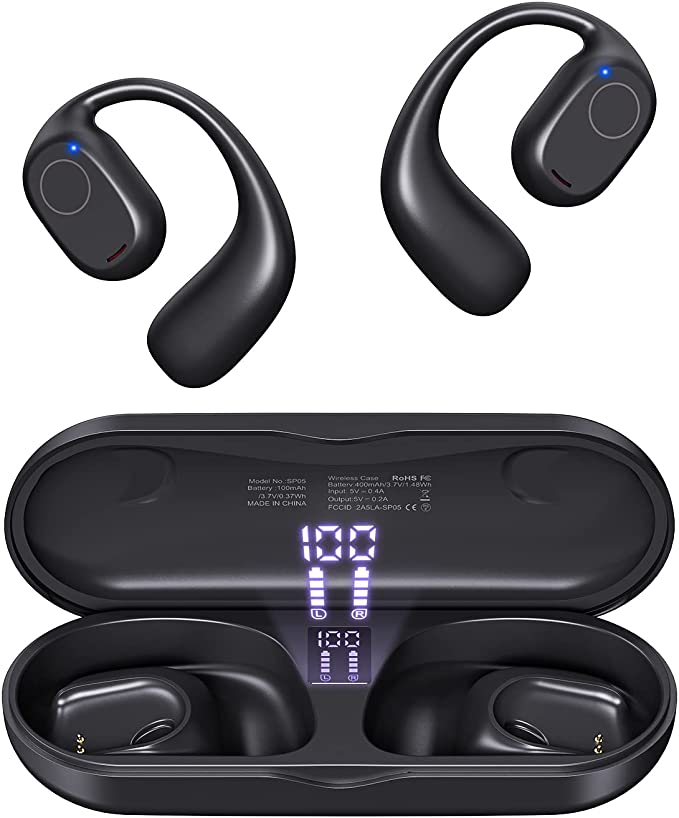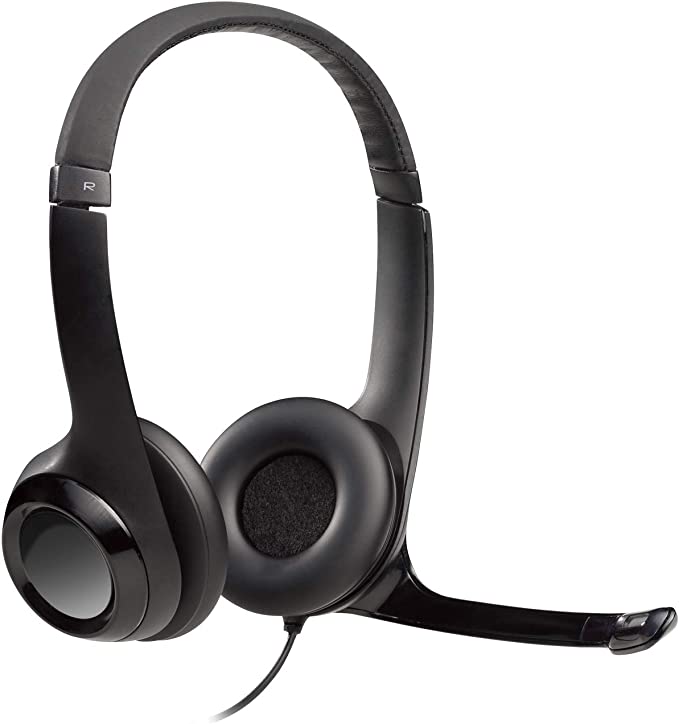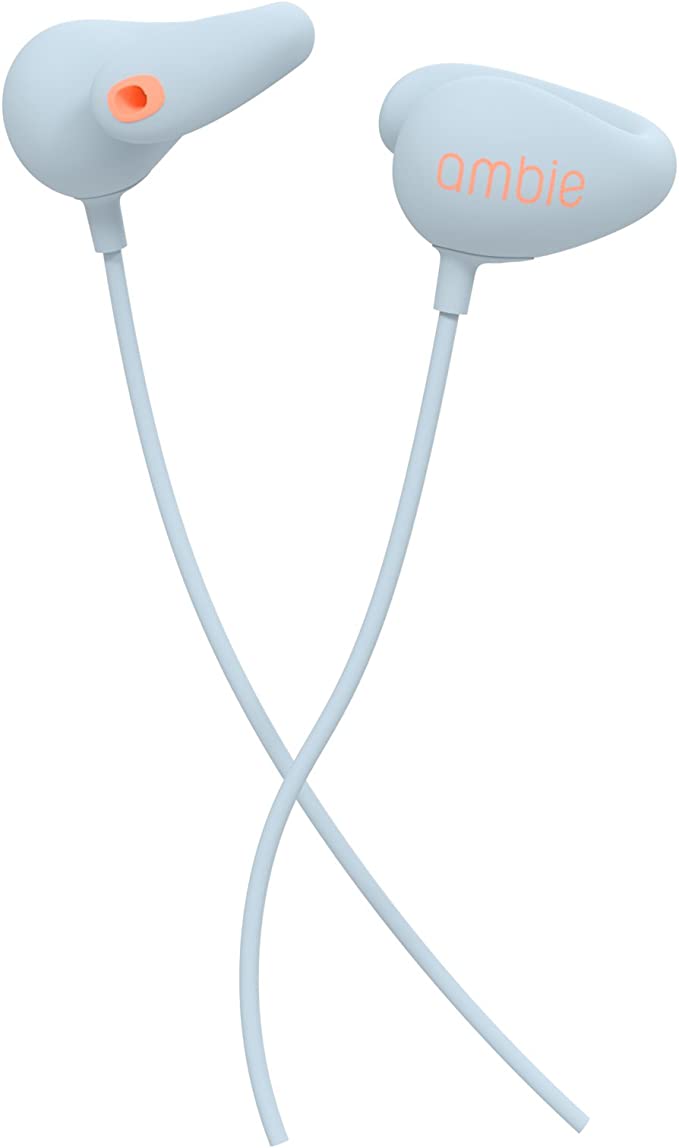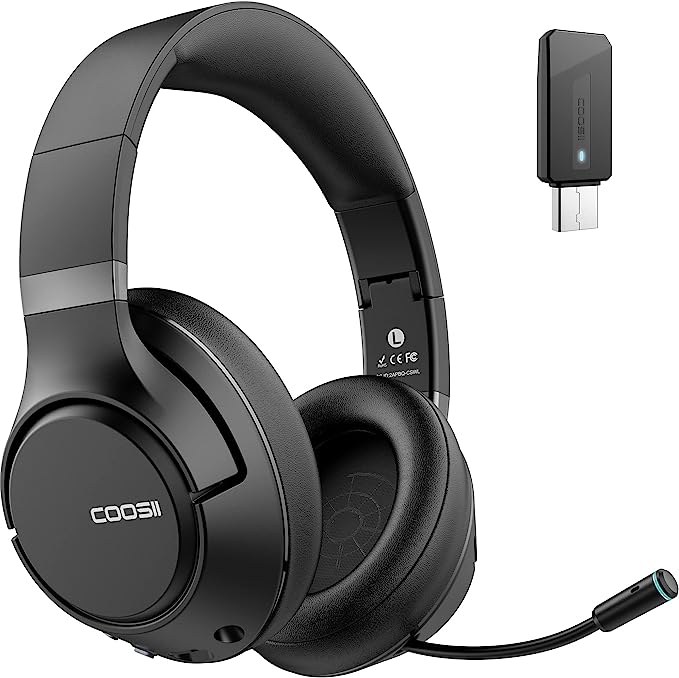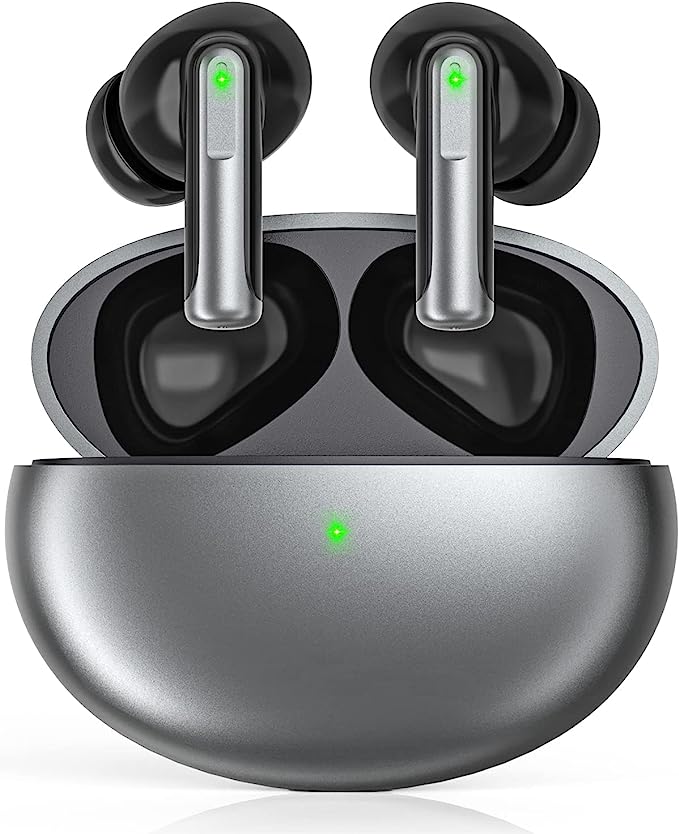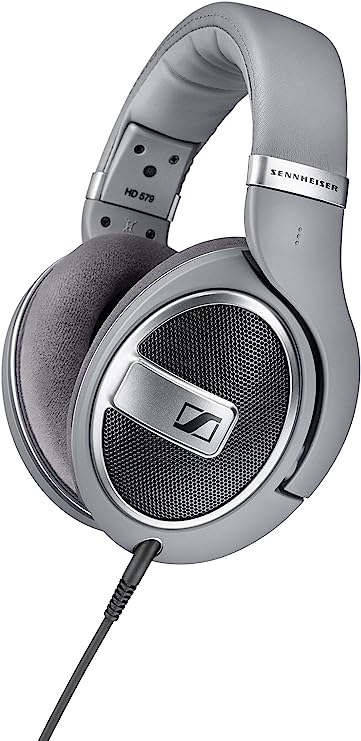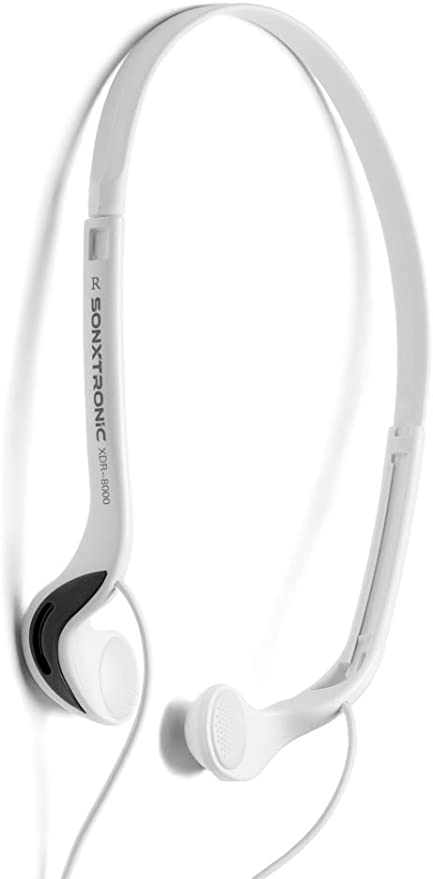Escape the Noise, Embrace the Music with SAMSUNG Galaxy Buds3 Pro
Update on July 5, 2025, 5:26 a.m.
It all started, as many revolutions do, with a moment of intense frustration. The year was 1978. Dr. Amar Bose, a professor at MIT and founder of a burgeoning audio company, was on a transatlantic flight from Zurich to Boston. He settled into his seat, eager to try out the new electronic headphones provided by the airline, a novel luxury at the time. He put them on, plugged them in, and was met with a cacophony. The delicate sound of the audio was utterly obliterated by the relentless, deafening roar of the jet engines.
In that moment of annoyance, an idea sparked. An engineer to his core, Dr. Bose didn’t just get angry; he got curious. He asked for a napkin and began scribbling equations. He wasn’t thinking about better speakers or thicker padding. He was thinking about physics. What if, instead of just blocking the sound, you could create anti-sound? What if you could fight noise with its polar opposite? That napkin sketch was the conception of Active Noise Cancellation (ANC), a technology that would take decades to mature but would fundamentally change our relationship with the world’s noise. It’s a journey that leads directly to the sophisticated intelligence nestled inside devices like the SAMSUNG Galaxy Buds 3 Pro, turning a physicist’s dream into a pocket-sized reality.

The Analog Dawn: Taming the Roar with Anti-Sound
The principle Dr. Bose envisioned is both elegant and mind-bending: destructive interference. Imagine dropping two pebbles into a still pond. Where the peak of a wave from one pebble meets the trough of a wave from the other, the water flattens out. They cancel each other. Sound, which travels in waves of pressure, behaves the same way. The first ANC headphones were designed to be electronic pebble-droppers. A microphone on the outside “listened” to the constant drone of an engine, and an analog circuit created a soundwave that was its perfect mirror image—a peak for every trough, a trough for every peak.
For years, this technology was the exclusive domain of pilots and the ultra-wealthy. The electronics were bulky, the power consumption immense, and the cost astronomical. They were brilliant at cancelling predictable, low-frequency hums, but that was their limit. They were a sledgehammer, not a scalpel, and the revolution remained confined to the cockpit. The dream of personal, portable silence was still just that—a dream.

The Digital Heartbeat: How a Chip Taught Silence to Adapt
The leap from the cockpit to the coffee shop was made possible by an unsung hero: the Digital Signal Processor (DSP). This tiny, hyper-efficient chip is essentially a mathematician for sound. It takes the messy, analog wave of the outside world, converts it into the clean language of ones and zeros, performs millions of calculations per second, and then generates the precise anti-noise signal.
This digital brain is what gives the “Adaptive” in the Galaxy Buds 3 Pro its meaning. It’s no longer just a simple inverter. The AI-driven DSP is a relentless analyst. It constantly monitors your surroundings, identifying not just the presence of noise, but its character. It can distinguish the steady hum of an air conditioner from the sudden clatter of dishes, or the sharp, chaotic frequencies of machinery.
This is where the technology truly meets the messy reality of life. Consider the experience of a user named Chris Levite, who tested his buds in a specialty workshop. While they excelled in public transport, he found that when working with steel grinders, the ANC would sometimes falter. He noted, “All will be quiet, then suddenly through one earbud I will pick up certain sounds as louder than the other ear as they evade the ANC’s processing.” This isn’t a failure of the device; it’s a window into the incredible complexity of the task. The algorithm is fighting a real-time battle against high-frequency, non-periodic noise—one of the hardest problems in acoustics—and momentarily, some frequencies slip through the net. It’s a testament to how far we’ve come that we can even attempt such a feat in a device weighing less than a coin.

The Personal Echo: Crafting a Concert Hall for One
For decades, the goal was simply to eliminate the sound we didn’t want. But the next phase of the revolution is about perfecting the sound we do want. This is where we venture into the fascinating field of psychoacoustics, the study of how we psychologically perceive sound. A crucial fact is that no two people hear the world in exactly the same way, because the physical shape of our ear canals creates a unique acoustic chamber. A multi-million-dollar speaker system will sound different in a concert hall versus a small, carpeted room; similarly, an earbud will sound different in your ear versus someone else’s.
This is the problem the Adaptive Equalizer in the Galaxy Buds3 Pro aims to solve. It acts as your personal, on-the-fly sound engineer. By using an internal microphone to listen to the sound inside your ear, it can detect how the unique shape of your ear canal—and the quality of the ear tip’s seal—is coloring the music. If it detects that bass frequencies are escaping due to a loose fit, it can intelligently boost them. If your ear shape tends to dampen higher frequencies, it can brighten them.
This is more than a gimmick; it’s a response to a fundamental challenge of earbud design. One user, in a review, expressed deep frustration over a defective earbud cover that got stuck in her ear, while another, ‘T’, lamented that none of the three included tip sizes could provide a perfect seal. These experiences highlight that no matter how advanced the electronics, the physical interface is critical. The Adaptive EQ is a remarkable digital safety net, working to ensure you hear the music as the artist intended, even when the physical fit isn’t laboratory-perfect.

The Wireless Gambit: The Quest for Unchained Fidelity
As noise was being tamed, another battle was being waged: the war on wires. The solution, born in 1994 and whimsically named after the 10th-century Danish king Harald Bluetooth who united warring tribes, promised freedom. But this freedom came at a price: audio quality.
To send complex audio over Bluetooth’s limited bandwidth, it must be compressed. This job falls to a codec, a software “language” for packaging and un-packaging sound. For years, the universal language (SBC) prioritized a stable connection over everything else, often resulting in audio that sounded flat or muddy to discerning ears. This created a permanent tension between the convenience of wireless and the fidelity of a wire.
The modern solution is a multilingual approach. High-end earbuds like the Galaxy Buds 3 Pro are now fluent in several advanced codecs. Supporting UHQ (Ultra High-Quality) audio means they can speak a high-fidelity language like LDAC or the Samsung Scalable Codec (SSC), which can transmit significantly more data than their predecessors, preserving the subtle details and dynamics of a recording. But, as reviewer Ken rightly pointed out, your phone must also speak the same language. Using these buds with a device that only supports a more basic codec is like listening to a brilliant orator through a bad telephone line—the potential is lost in translation. This ecosystem-dependency is the final frontier in the quest for truly uncompromised wireless sound.
The Sensory Lab in Your Pocket
From a scribble on a napkin born of frustration, the idea of fighting sound with sound has evolved into something far more profound. The Samsung Galaxy Buds 3 Pro, and devices like it, are not merely products. They are the culmination of parallel revolutions in physics, digital processing, acoustics, and wireless communication. They are compact, wearable laboratories for our senses.
We have progressed from passively blocking the world, to actively silencing it, to digitally remastering it to fit our unique biology. We are no longer just consumers of audio; we are its curators. The question is no longer just “What are you listening to?” but “How are you choosing to hear your world?” As this technology continues to shrink in size and grow in intelligence, it raises a tantalizing final thought: what happens when our earbuds don’t just respond to our commands, but begin to understand our intent? When they know to quiet the world when we need to focus, and let it in when a friendly voice calls our name? The journey that began on a noisy airplane is far from over. It’s leading us toward a future where our technology doesn’t just entertain our ears, but becomes a seamless extension of our own perception.
